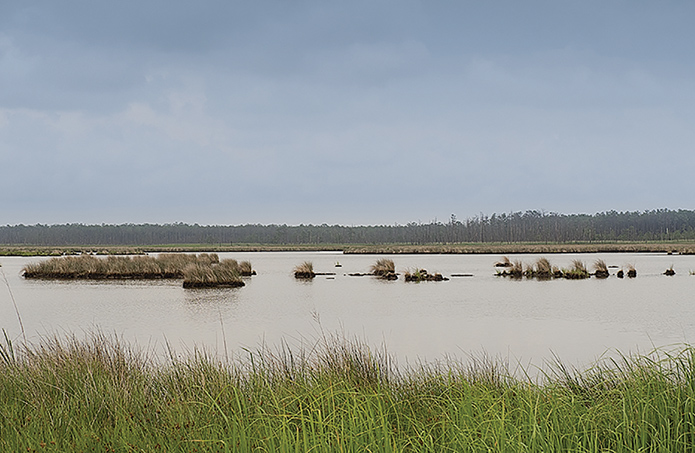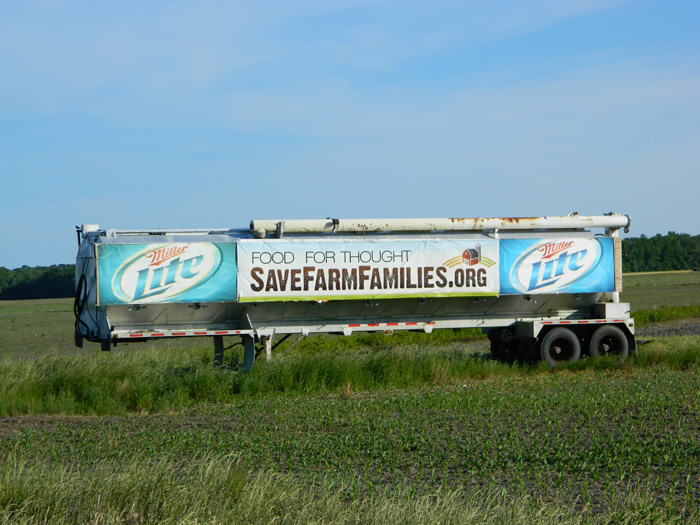This article is Part 2 in the Bay Journal’s 4-part special report, The Bay’s Pollution Diet: Is it Working?
By Karl Blankenship
Bay Journal
The state-federal Chesapeake Bay Program partnership recently revised its nutrient reduction goals for 2025 based on improved information, new science and updated computer modeling.
States are updating their cleanup plans to address the revised goals. These watershed implementation plans, drafts of which are due to the U.S. Environmental Protection Agency by April 12, 2019, are supposed to demonstrate that states have realistic plans to meet their new goals, as well as adequate programs, regulations and funding to get the job done. States are also supposed to engage local officials and organizations, as well as establish more localized planning goals in their plans.
Final plans are to be completed by Aug. 9, 2019.
The revised cleanup goals, or “planning targets,” stem from new computer models developed during the Bay Program’s “midpoint assessment” of the progress made since 2010 toward the 2025 cleanup goals outlined in the Chesapeake Bay Total Maximum Daily Load, or “pollution diet.” The TMDL defines the maximum amount of pollutants the Bay can receive and still attain water quality standards.
A more difficult path
Overall, the new numbers show a more difficult path toward the 2025 goal than those produced by the previous models. While they continue to show that the region as a whole is on track to meet its phosphorus goals, it is further behind on its nitrogen goals. See the table, Chesapeake Watershed Nutrient Trends and Goals.
The previous computer model found that the region had, through the end of last year, achieved 36% of the needed nitrogen reductions. The new model has found it is only 30% of the way to the target.
A variety of factors contribute to the changes. The new model uses a host of updated information, such as improved land cover data, new information about soil types and better information about nutrient movement through river systems.
The model also uses updated data about fertilizer sales, animal populations and the implementation and effectiveness of a wider range of nutrient-reducing “best management practices.”
Fewer nitrogen reductions
Taken as a whole, the new analysis shows fewer nitrogen reductions from non-wastewater sources.
The model analysis further incorporates refined information about the importance of where nutrients are generated. Nutrient runoff that occurs closer to major rivers, for example, tends to have more influence than runoff near smaller rivers because major rivers transport nutrients to the Bay more effectively.
Nutrient reductions from the Potomac River basin also have a somewhat greater impact on Bay health than was indicated by the previous model.
In addition, the relative impact of nitrogen is greater than phosphorus in the new modeling.
Overall, the new model findings had the greatest impact on Maryland. In the old model, the state needed to achieve 5.7 million additional pounds of nitrogen reductions to meet its 2025 goal; in the new model it has to achieve 8.4 million pounds of reductions.
The District of Columbia, which had already met its 2025 goals in the old model, continues to do so in the updated model. West Virginia has also met its goal.
A guide to understanding nutrient trends
The figures in the table, Chesapeake Bay Watershed Nutrient Trends and Goals, show computer-estimated nutrient “loads” reaching the Chesapeake from each major “sector” — sources of nutrient pollution — in each state.
The sectors that generate nutrients are categorized as follows:
- Agriculture, which covers all forms of farming, including large concentrated animal feeding operations, croplands and low intensity pastures.
- Developed Land, which reflects runoff from all urban and suburban land, including areas covered under stormwater permits and areas where runoff is unregulated.
- Wastewater, which includes discharges from treatment plants and sewer overflows, as well as any industries that discharge nutrients.
- Septic, which includes septic systems and other small, on-site treatment devices.
- Natural Land, which includes forests (including harvested areas), wetlands, stream banks and other largely natural areas. Many natural nutrient sources are largely uncontrollable.
As states develop new watershed implementation plans in the coming months, they will set new sector goals for 2025, which the EPA will use to track progress toward overall goals, as well as more local targets.
These figures do not include some significant nutrient sources which the Bay Program has also committed to address:
- The impact of the filling of the Conowingo Dam reservoir on the Susquehanna River. This results in about 6 million additional pounds of nitrogen and about 260,000 additional pounds of phosphorus reaching the Chesapeake each year. States have committed to writing a joint plan to address that issue.
- The impact of climate change.This results in about 9 million additional pounds of nitrogen and 385,000 pounds of phosphorus reaching the Bay each year. Those estimates are being reviewed, and states have committed to revising cleanup plans to address climate change in 2021.
- The impact of continued population growth and development. Based on past trends, that could mean another 4 million pounds of nitrogen and 154,000 pounds of phosphorus entering the Bay by 2025.
Bay Pollution Diet Part 1: Chesapeake cleanup may lose race to 2025 goal, but presses on
Bay Pollution Diet Part 2: New nutrient reduction goals reflect updated science, data, computer modeling
Bay Pollution Diet Part 3: Chesapeake’s restoration tied to Pennsylvania, which lags far behind
Bay Pollution Diet Final Part 4: ‘In another decade or two, we’ll see a different Chesapeake’
Karl Blankenship is editor of the Bay Journal and executive director of Bay Journal Media. He has served as editor of the Bay Journal since its inception in 1991. Send Karl an e-mail.







Recent Comments